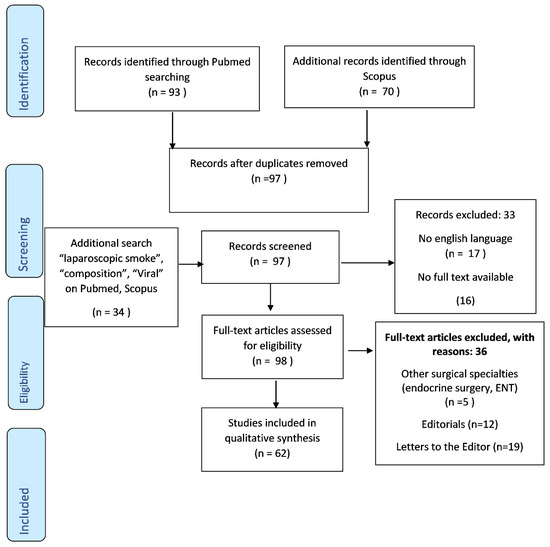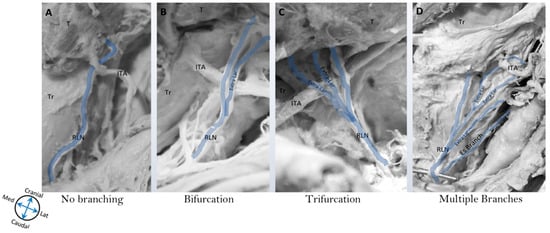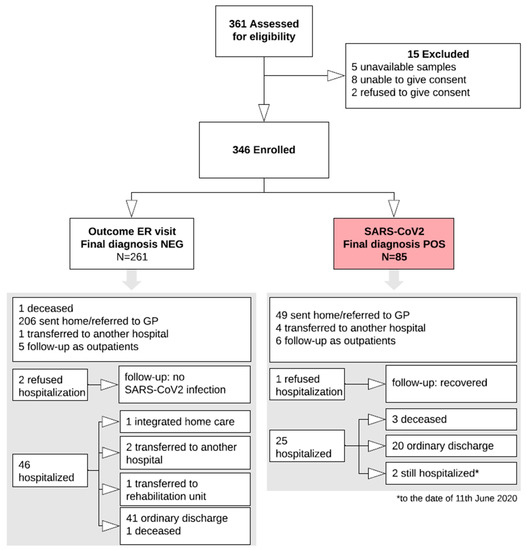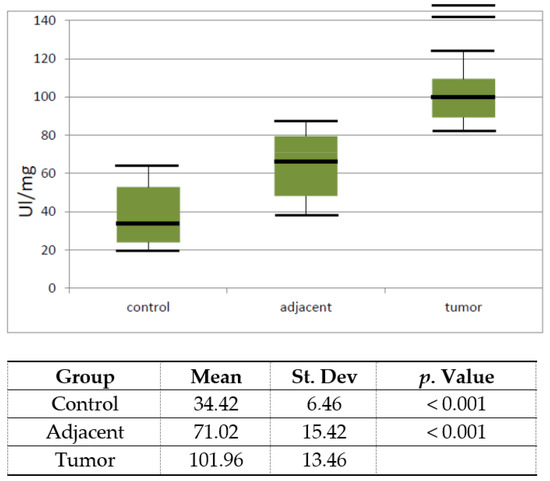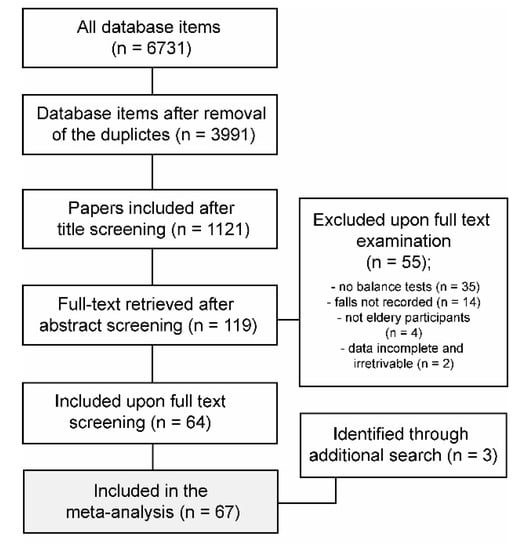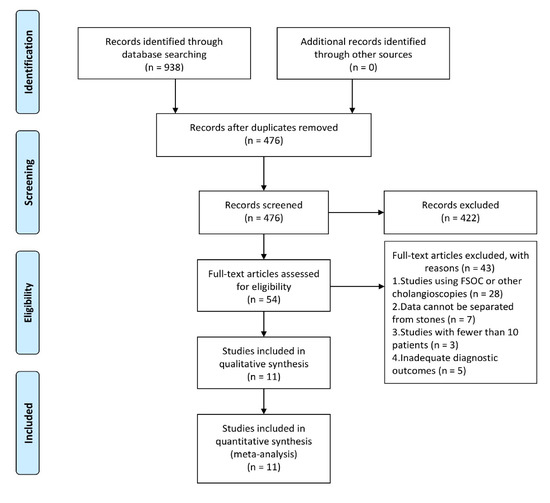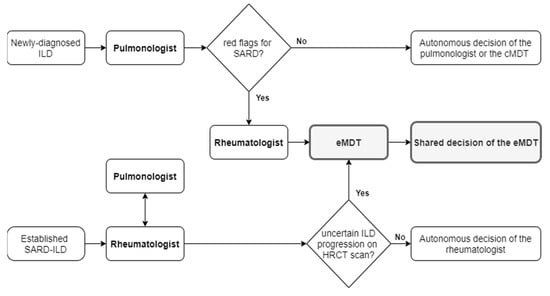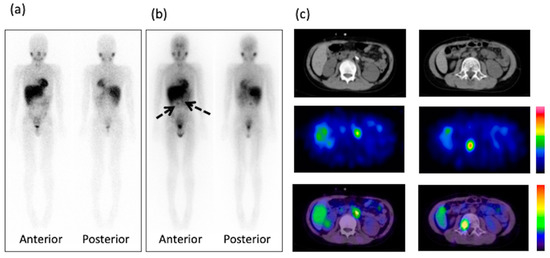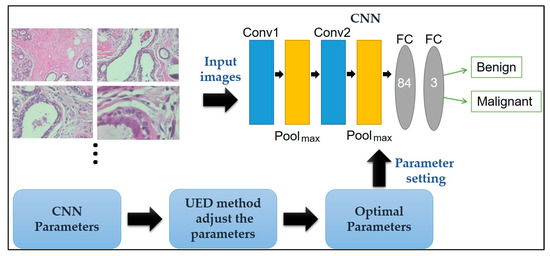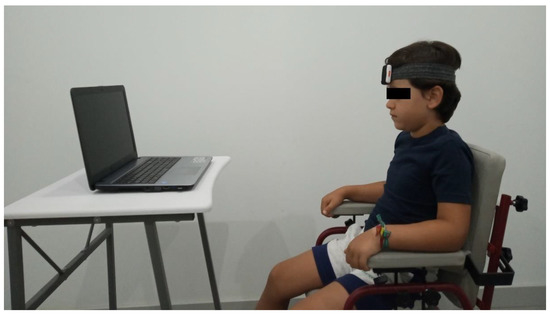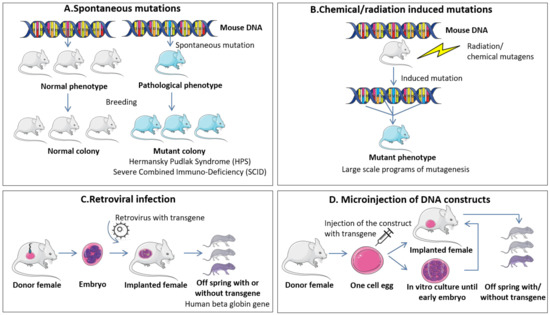Diagnostics 2020, 10(9), 673; https://doi.org/10.3390/diagnostics10090673 - 4 Sep 2020
Cited by 31 | Viewed by 5576
Abstract
(1) Background: The paper aims to review the available evidence regarding the health risk of the aerosolization induced by laparoscopy induced and impact of the COVID-19 pandemic upon minimally invasive surgery. (2) Materials and methods: A systematic review of the literature was performed
[...] Read more.
(1) Background: The paper aims to review the available evidence regarding the health risk of the aerosolization induced by laparoscopy induced and impact of the COVID-19 pandemic upon minimally invasive surgery. (2) Materials and methods: A systematic review of the literature was performed on PubMed, Medline and Scopus until 10 July. (3) Results: Chemicals, carcinogens and biologically active materials, such as bacteria and viruses, have been isolated in surgical smoke. However, the only evidence of viral transmission through surgical smoke to medical staff is post-laser ablation of HPV-positive genital warts. The reports of SARS-CoV-2 infected patients who underwent laparoscopic surgery revealed the presence of the virus, when tested, in digestive wall and stools in 50% of cases but not in bile or peritoneal fluid. All surgeries did not result in contamination of the personnel, when protective measures were applied, including personal protective equipment (PPE) and filtration of the pneumoperitoneum. There are no comparative studies between classical and laparoscopic surgery. (4) Conclusions: Previously published data showed there is a possible infectious and toxic risk related to surgical smoke but not particularly proven for SARS-CoV-2. Implementing standardized filtration systems for smoke evacuation during laparoscopy, although increases costs, is necessary to increase the safety and it will probably remain a routine also in the future.
Full article
(This article belongs to the Special Issue Abdominal Surgical Diseases: Diagnosis, Treatment and Management)
►
Show Figures
